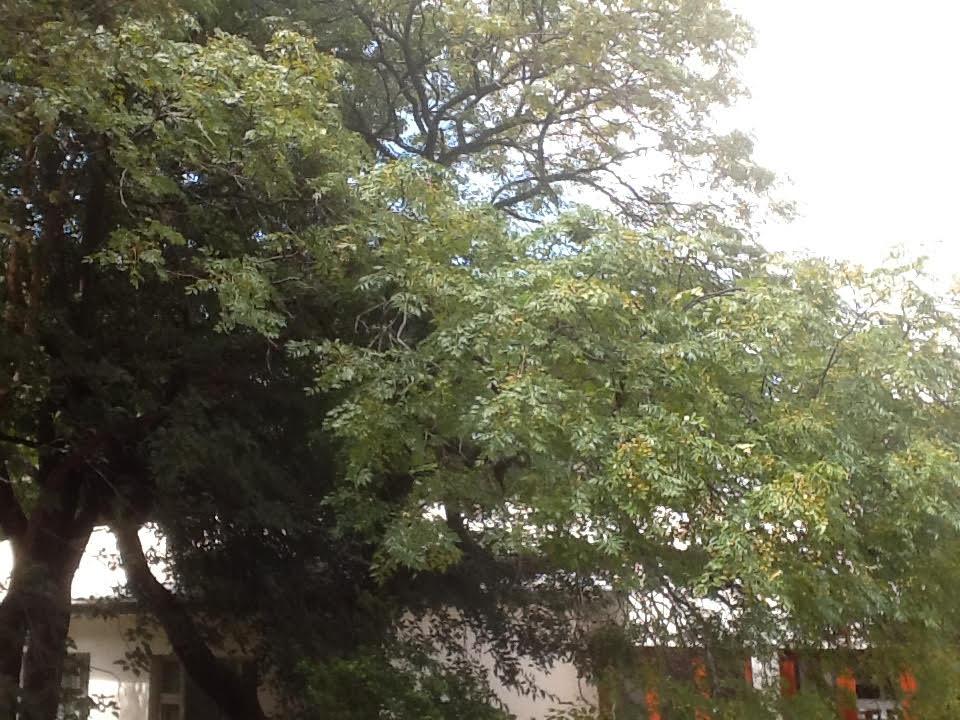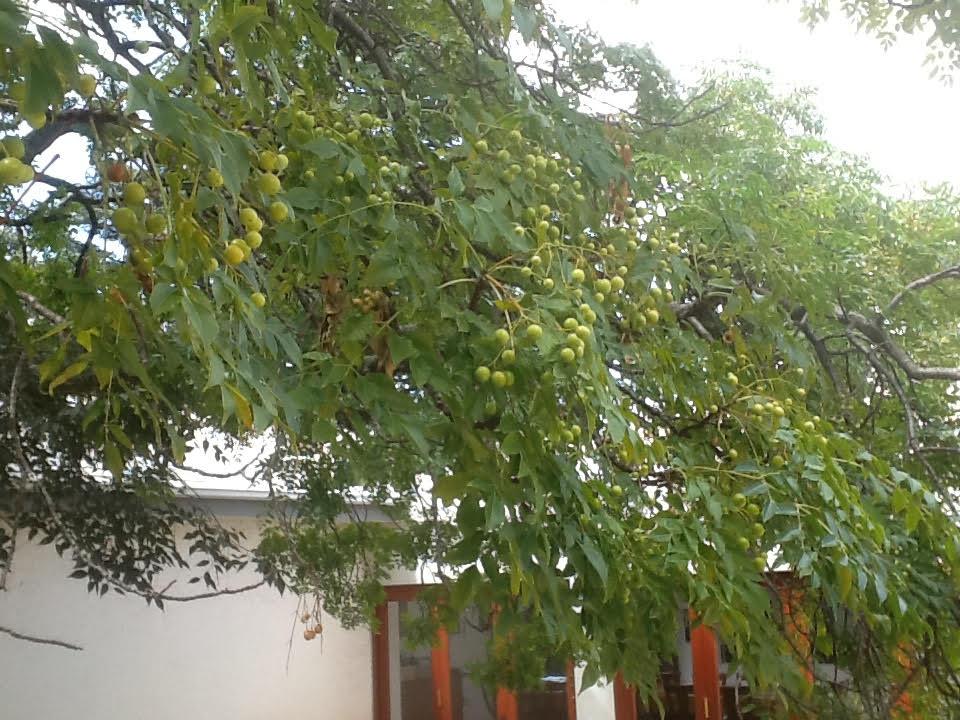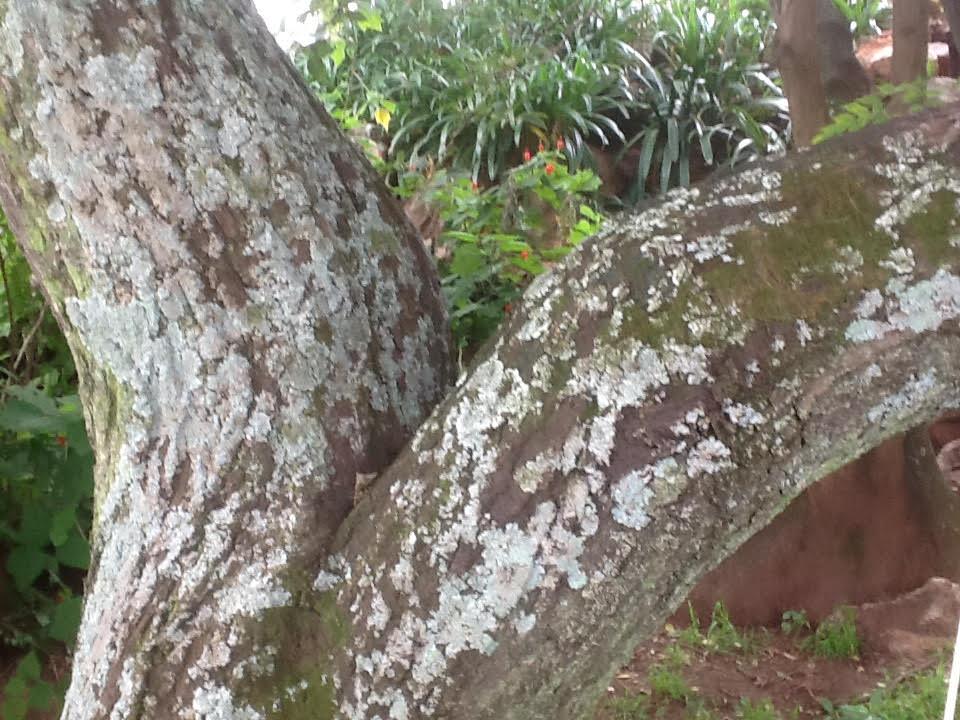
Disclaimer: Any views expressed by individuals and organisations are their own and do not in any way represent the views of The Heritage Portal. If you find any mistakes or historical inaccuracies, please contact the editor.
This tree is one of those eternal landmarks of my front garden. It creates shade and one can mark the seasons by the performance of the tree, whether it's the berries on the ground in autumn or the lilac flowers on the tree (spring) which then drop their small flowers in light off-white profusion (autumn). The falling blossoms create a floral carpet on the lawn. The flowers appear in the spring and have a light scent but by this time of the year (late March) have given way to the berry fruit. The prolific seeds produce small yellow round berries, several in a cluster on a stalk. In the photo below, berries are still on the tree. Come April they will fall and blanket the lawn and we take out a rake to sweep up the berry clusters. A single tree produces huge mounds of berries.
The berries hang on a cluster around a stalk
Each Berry has the ability to produce a new tree shoot. It's a tree that quickly seeds itself and is a fast growing trees. The berries are highly toxic to children, dogs and other domestic animals but goats have been known to eat the berries and survive when there is no other grass or food for survival. It is one of those trees where you have to warn young children not to even think of eating the berries. It would be a wonderful harvest if one could turn the berries Into an alcoholic syrup but this is not the Marula tree. Beware the berries are poisonous.
The tree has been here "for ever". For the children and now the grandchildren, it's the perfect climbing tree, the tree for making a tree house with a ladder, a blanket and a sheet. It is a good shade tree for a suburban garden but the reach of the branches can get out of hand as they begin to clog gutters.
The sturdy tree trunks of the the Syringa but as seen in the photo there seems to be a greenish moss or fungus on the bark.
The Syringa (sometimes spelt siringa) tree has the botanical name Melia Azedarach. It is also called the Chinaberry tree and the Syringa Berry Tree. The Afrikaans name is "Neemboom" or the Maksering. It is not indigenous to South Africa but came to our shores from India. It is regarded as an ornamental tree, great for creating an avenue of trees. It is a tree that seems to have been popular for its ornamental attributes in the colonial world.
As the tree ages, it sheds branches which become brittle and the twigs snap easily. The wood is similar to mahogany, it's a hard wood and the timber can be used for furniture. The wood of this tree is also good for firewood.
It is a deciduous tree and grow up to 12 meters. Our tree is fairly close to the one corner of the house and over the years we have spotted garden rats scuttle up the tree and then make the perilous jump into the gutters and on to nest in the eaves of the house. So we keep the tree In trim and ensure that the branches don't over hang the roof.
According to the book Photographic Guide to the Trees of Southern Africa by the Van Wyks, the ribbed stones found inside the berries can be dried, dyed and used as beads in necklace making. I have not tried that application yet but perhaps this is the year. I did progress as far as picking a Syringa Berry, removing the soft "fruit" and found the interior "nut". The Van Wyk guide book adds that the watery extracts of the leaves can be sprayed on crops as a deterrent to leaf-eating insects.
Kathy Munro is an Honorary Associate Professor in the School of Architecture and Planning at the University of the Witwatersrand and chair of the Johannesburg Heritage Foundation. She enjoyed a long career as an academic and in management at Wits University. She trained as an economic historian. She is an enthusiastic book person and has built her own somewhat eclectic book collection over 40 years. Her interests cover Africana, Johannesburg history, history, art history, travel, business and banking histories. She researches and writes on historical architecture and heritage matters. She is a member of the Board of the Johannesburg Heritage Foundation and is a docent at the Wits Arts Museum. She is currently working on a couple of projects on Johannesburg architects and is researching South African architects, war cemeteries and memorials. Kathy is a member of the online book community the Library thing and recommends this cataloging website and worldwide network as a book lover's haven.
Comments will load below. If for any reason none appear click here for some troubleshooting tips. If you would like to post a comment and need instructions click here.


